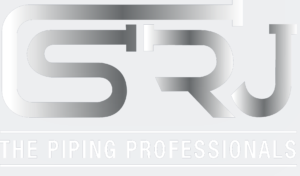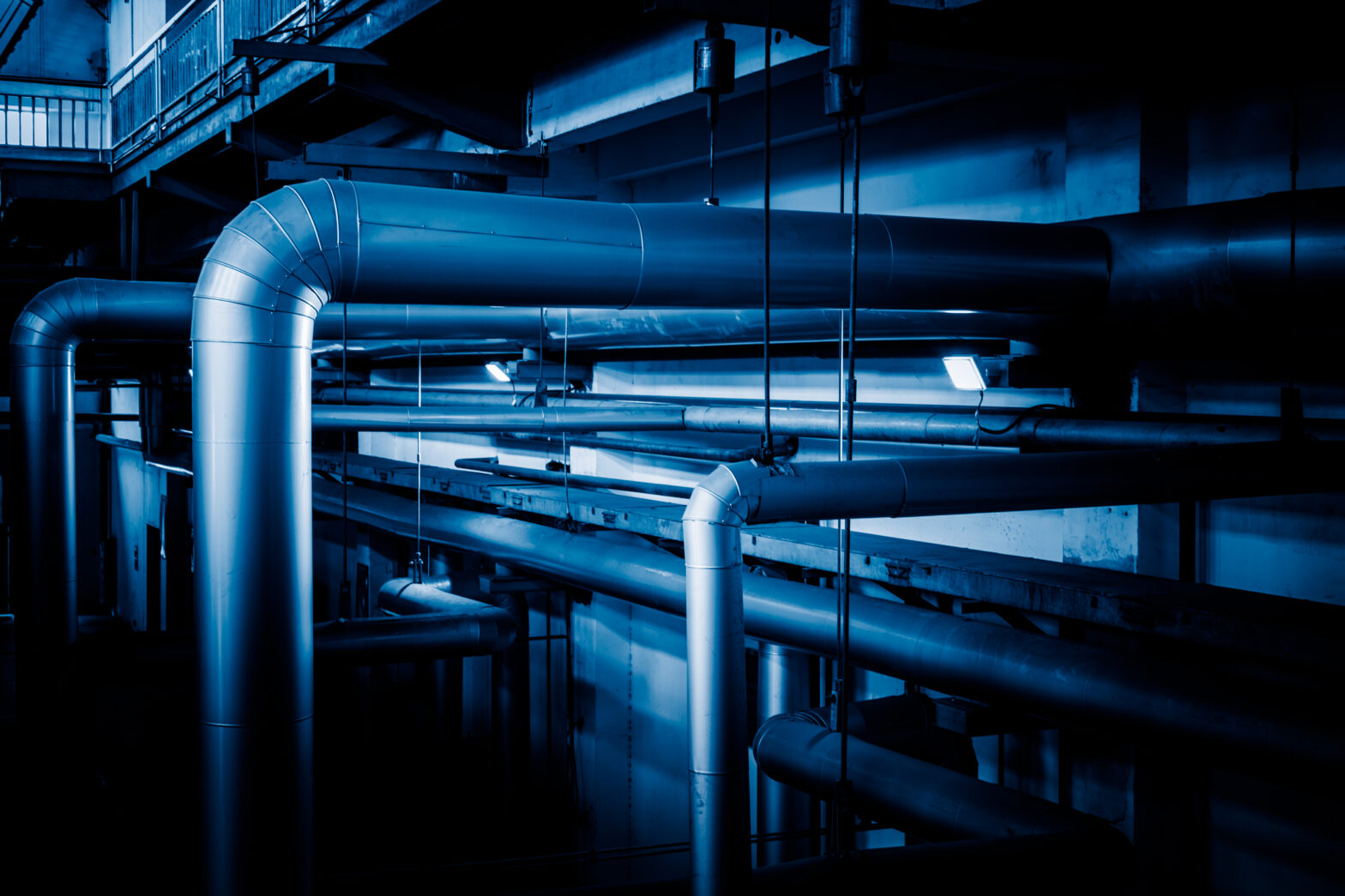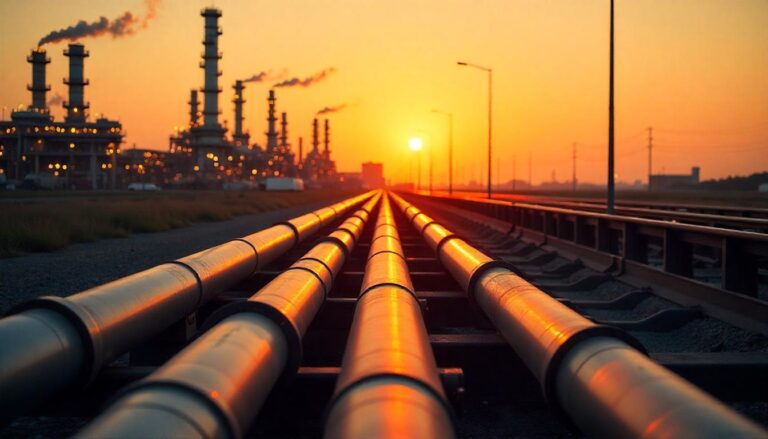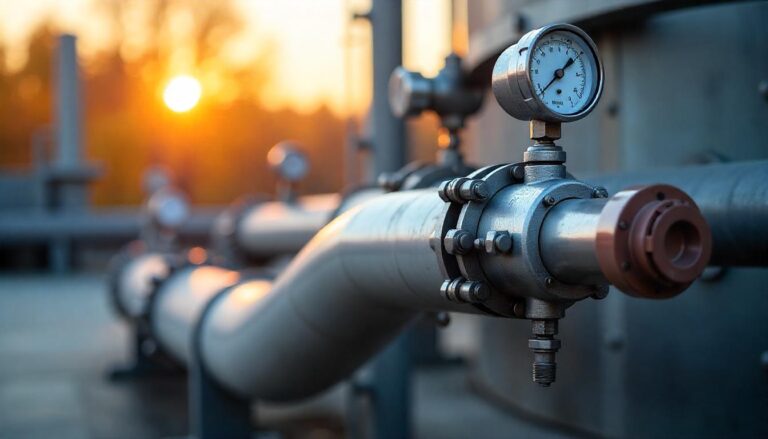How to Unlock Significant Cost Savings in Industrial Pipe Fabrication
Table of Contents
Are you a project manager, facility owner, or engineer grappling with the rising costs of industrial pipe fabrication? Do budget overruns and unexpected expenses feel like an inevitable part of the process?
You’re not alone in facing these complex challenges. Balancing quality, compliance, and project timelines while keeping costs under control is a constant challenge in the world of industrial piping.
The good news? It doesn’t have to be this way. Significant savings are possible, often by implementing strategic approaches and leveraging modern techniques that go beyond simply finding the cheapest supplier.
By the end of this comprehensive guide, you’ll confidently know how to identify key cost drivers and implement proven strategies for cost-saving in pipe fabrication projects, ensuring both efficiency and financial health.
Guide to Cost Optimization in Pipe Fabrication
Reducing costs in pipe fabrication is a multi-faceted endeavor, requiring attention at every stage of the project lifecycle. Here’s a step-by-step approach to identify opportunities and implement effective saving strategies.
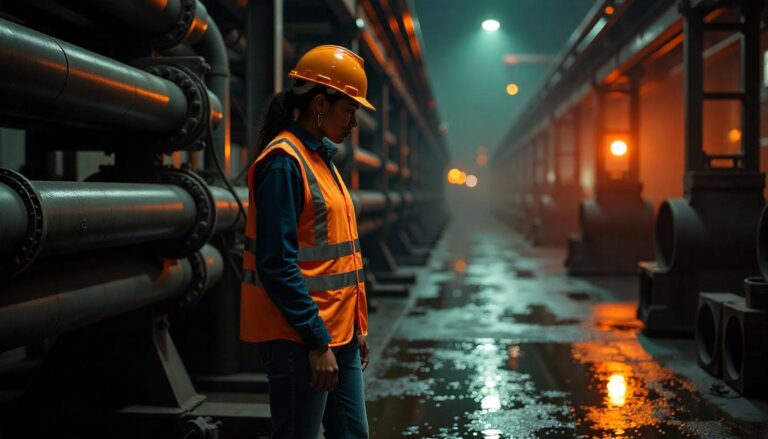
Strategic Planning & Design Optimization Through Prefabrication
The most impactful cost savings often begin long before the first cut is made. Strategic planning and optimizing the design phase, particularly through the adoption of pipe prefabrication, can drastically reduce on-site labor, improve quality, and compress schedules.
What to do:
- Identify Fabrication Candidates: Review blueprints with prefabrication in mind. Identify sections of piping that can be assembled into spools or modules off-site.
- Collaborate Early: Their expertise can help optimize spool breaks, minimize field welds, and design modules for efficient transport and installation.
- Modular Design: For large or complex systems, explore modular construction where significant portions of the piping system, along with other equipment, are assembled into large modules in the shop.
- Standardize Designs: Where possible, standardize pipe sizes, schedules, and component specifications across the project to leverage economies of scale in procurement and fabrication.
Why it matters:
Fabricating in a controlled shop environment yields higher welding quality due to improved positioning, controlled atmospheric conditions, and access to specialized equipment. This reduces rework, a significant cost driver. It also shifts labor from the often more expensive, less efficient, and safety-challenging field environment to a shop, reducing field hours.
Brilliant Material Selection & Procurement Strategies
Materials represent a significant portion of pipe fabrication costs. Making informed decisions about material types, specifications, and procurement can lead to substantial savings without compromising performance or compliance.
What to do:
- Performance vs. Cost Analysis: Don’t automatically select the highest grade or most expensive material.
- Value Engineering: Work with engineering to explore alternative, less expensive materials or grades that are still suitable for the application.
- Optimize Cut Lists and Yield: Use advanced software or careful planning to optimize pipe cutting and minimize scrap.
- Bulk Purchasing: Buy materials in larger quantities when prices are favorable, if storage and inventory management are feasible.
- Negotiate with Suppliers: Build strong relationships and negotiate pricing, payment terms, and delivery schedules with multiple qualified vendor management partners.
- Spot Market vs. Contract: Understand market fluctuations and decide whether spot buying or long-term contracts offer better price stability and savings for specific materials.
- Verify Material Certifications: Ensure all materials are accompanied by verifiable Mill Test Reports (MTRs) to prevent the use of incorrect or substandard materials, which can lead to costly rework or failures later.
Why it matters:
Selecting the right material for the job ensures the long-term integrity and safety of the piping system while avoiding unnecessary expenditure on over-specified components. Efficient procurement minimizes the direct cost of raw materials, and optimizing cut lists directly reduces waste, turning potential scrap into usable components. This directly impacts the overall cost-saving in pipe fabrication.
Optimizing the Fabrication Process: Focus on Welding and Bending
The core fabrication process involves cutting, fitting, beveling, bending, and welding. Each of these steps presents opportunities for cost optimization through efficiency improvements, technology adoption, and skilled execution.
What to do:
- Choose the Right Welding Process: Select welding methods (e.g., TIG, MIG, SAW, FCAW) appropriate for the material, pipe size, schedule, and required quality.
- Minimize Arc-On Time: Reduce non-value-added activities such as fitting, grinding, and material handling to maximize actual welding time.
- Optimize Weld Passes: Plan the number and size of weld passes to meet code requirements efficiently, minimizing excessive filler metal and labor.
- Proper Training and Skill: Ensure welders are highly skilled and qualified for the specific procedures required.
- Leverage Automated Welding: Investigate and implement automation in pipe fabrication, particularly for repetitive welds.
- Optimize Bending vs. Fittings: Analyze the cost and feasibility of bending pipes versus using elbows and fittings to determine the most cost-effective approach.
- Use Advanced Cutting and Beveling Equipment: Automated cutting and beveling machines (like CNC plasma or oxy-fuel cutters) ensure precise fits, which reduces fitting time and improves weld quality.
Why it matters:
Efficient welding is crucial as it’s labor-intensive and heavily impacts quality. Reducing weld passes, minimizing rework through skilled welders, and leveraging automation directly lowers labor and consumable costs. Optimizing bending reduces the total number of welds and potential leak points, streamlining the pipe assembly process and saving on future inspection and repair costs.
Implementing Lean Inventory Management
Inventory management might seem less glamorous than fabrication, but inefficient practices can lead to substantial costs through tied-up capital, storage expenses, obsolescence, and project delays due to missing parts. Implementing lean principles is key to achieving inventory savings in pipe projects.
What to do:
- Just-In-Time (JIT) Delivery: Coordinate material deliveries to arrive shortly before they are needed in the fabrication sequence.
- Accurate Forecasting: Develop precise material requirements based on the fabrication schedule to ensure timely and efficient production.
- Centralized Inventory Control: Implement a system to track all materials, including those received, consumed accurately, and in stock.
- Minimize Safety Stock: While a small safety stock might be necessary for critical items, keep it as low as possible—high safety stock ties up capital and storage space.
- Negotiate Supplier Lead Times: Work with suppliers to reduce lead times, enabling you to order materials closer to the time they are needed.
- Return Unused Materials: Establish procedures for returning excess or unused materials to suppliers where feasible, or allocate them to future projects if appropriate.
Why it matters:
Excess inventory is a hidden cost. It requires storage space (which incurs costs), ties up working capital that could be utilized elsewhere, is susceptible to damage or degradation, and increases the risk of obsolescence. Efficient stock control ensures that materials are available when needed for the fabrication process, preventing costly delays and minimizing the financial burden of holding unnecessary stock.
Leveraging Automation & Technology
While touched upon in welding, automation in pipe fabrication extends to many other areas, offering significant potential for cost-saving in pipe fabrication by increasing efficiency, accuracy, and throughput, while reducing labor dependency and human error.
What to do:
- Automated Cutting and Beveling: Utilize CNC pipe cutting machines that can precisely cut and bevel pipes according to digital models, ensuring perfect fit-ups and reducing manual labor.
- Robotic Welding: Implement robotic systems for repetitive and standardized welding tasks, particularly for spools in the shop.
- Automated Material Handling: Utilize cranes, conveyors, and robotic arms to move heavy pipes efficiently and spools within the fabrication facility, enhancing safety and productivity.
- Fabrication Software: Implement advanced software for design (3D modeling), detailing, generating cut lists, managing inventory, scheduling, and tracking progress.
- Real-time Monitoring: Utilize sensors and data analytics to continuously monitor machine performance, material flow, and project progress in real-time.
- Digital Documentation: Move away from paper-based systems. Digital documentation of procedures, quality checks, and material certifications improves traceability and reduces administrative costs.
Why it matters:
Automation and technology streamline repetitive tasks, enhance precision, and accelerate the fabrication process. This leads to lower labor costs per fabricated unit, reduced material waste due to increased accuracy, and improved overall throughput. Digital tools enhance planning, execution, and tracking, minimizing errors and improving project control, which collectively contribute to overall fabrication optimization and cost reduction.
Enhancing Quality Control & Reducing Rework
Poor quality is costly. Reworking fabricated spools, repairing welds, or dealing with failures after installation can quickly erode project budgets. Implementing rigorous quality assurance protocols is a direct path to significant pipe QA cost savings.
What to do:
- Establish Clear Quality Standards: Define and communicate stringent quality requirements based on applicable codes and project specifications.
- Implement In-Process Inspections: Don’t wait until fabrication is complete to inspect. Conduct inspections at critical stages, such as after cutting, beveling, fitting, and before welding.
- Qualified Personnel: Ensure all welders, fitters, and inspectors are appropriately trained, competent, and certified.
- Non-Destructive Testing (NDT): Utilize appropriate NDT methods (e.g., radiography, ultrasonic testing, magnetic particle testing, liquid penetrant testing) as required by codes and specifications to verify weld integrity.
- Hydrostatic or Pneumatic Testing: Perform pressure testing on fabricated spools before they leave the shop to detect leaks early.
- Proper Material Traceability: Maintain meticulous records linking materials to specific spools and welds. This is crucial for quality checks and potential recalls.
- Root Cause Analysis: When defects occur, conduct a thorough analysis to understand the root cause of the issue and implement corrective actions to prevent recurrence.
Why it matters:
Rework incurs costs in labor, materials, consumables, and schedule delays. Every weld repair or re-fabricated spool adds direct expense. By proactively identifying and preventing defects through robust quality control and in-process inspections, you minimize or eliminate costly rework, ensuring that resources are used efficiently. Finding issues in a controlled shop environment is significantly less expensive and faster than fixing them in the complex and often hazardous field environment.
Effective Project Management & Vendor Coordination
Even with optimized fabrication processes, poor project management and ineffective vendor coordination can lead to delays, miscommunication, and unexpected costs. Streamlined planning and strong relationships are vital for preventing pipe fabrication cost overruns.
What to do:
- Detailed Project Scheduling: Develop a realistic and detailed project schedule for pipe fabrication that encompasses all phases, including engineering, procurement, fabrication, logistics, and installation.
- Integrated Planning: Ensure seamless data flow between design, procurement, and fabrication software systems to facilitate efficient project management.
- Proactive Risk Management: Identify potential risks early (e.g., material price fluctuations, supplier delays, weather impacts, labor shortages) and develop mitigation strategies.
- Strong Vendor Relationships: Cultivate partnerships with reliable suppliers and subcontractors to ensure a stable supply chain.
- Performance Tracking: Monitor key performance indicators (KPIs) for fabrication progress, material consumption, welding efficiency, and quality results.
- Manage Scope Creep: Clearly define the project scope from the outset and implement a formal change management process to evaluate the cost and schedule impact of any requested changes before they are approved.
Why it matters:
Effective management acts as the conductor of the orchestra, ensuring all components of the complex pipe fabrication project work in harmony. Poor planning and coordination lead to wasted time, resources, and materials. Delays often incur penalties or escalate labor costs, directly contributing to budget overruns. Strong vendor relationships ensure the timely delivery of correct materials and services, preventing downtime in the fabrication shop or field.
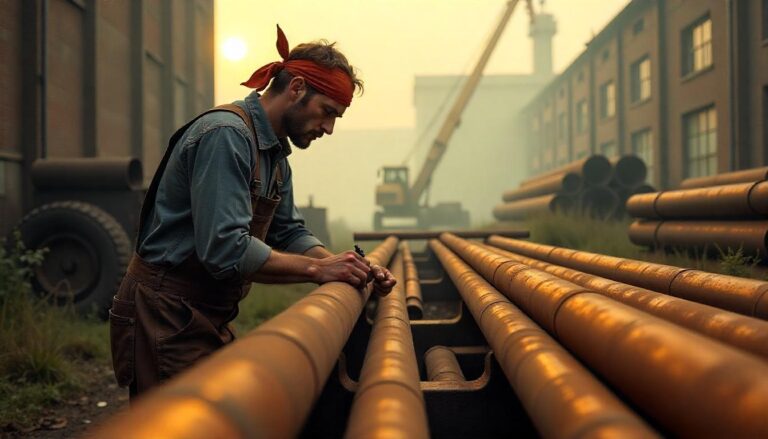
Conclusion
Successfully implementing cost-saving measures in pipe fabrication projects requires a holistic approach that focuses on efficiency and value at every stage. By systematically addressing these areas, you can unlock significant savings and improve the financial performance of your pipe fabrication projects. Begin your initial assessment today and pave the way for more cost-effective and successful outcomes.
Do you need expert assistance, or are you looking for a fabrication partner that prioritizes cost optimization? Discover SRJ Piping India’s solutions next.
Want to Cut Pipe Fabrication Costs Without Compromising Quality?
Let our experts help you choose the right materials, optimize your design, and streamline your fabrication workflow for significant savings.
